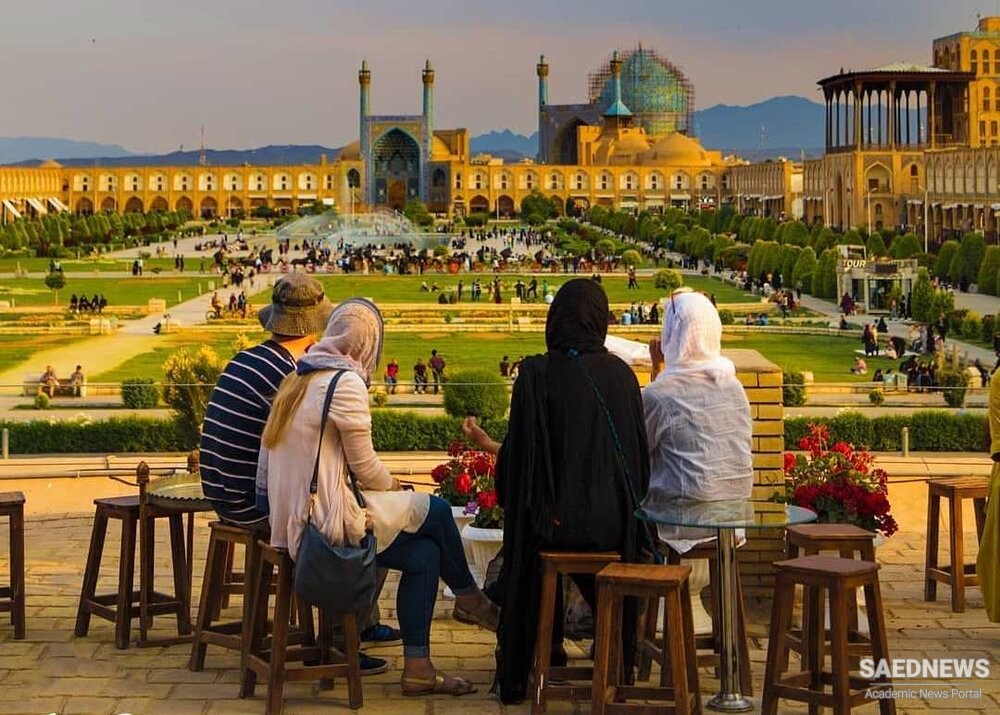In contrast to the struggles that establish and sustain religious sites, places of touristic appeal demonstrate other discursive concerns. The conventional practices of tourism participate most acutely in discourses on modernity. In fact, tourists can be regarded as exemplary modern subjects. They seek out the experience of unfamiliar places by leaving the familiarity of home, but the conventions of tourism tend to domesticate these novel places by commodifying the experiences that visitors have of them. Thus, touristic experience conforms to the forces of modern capitalism, especially in its globalizing capacity to encompass all places in the marketplace of consumer demand. Tourists, then, as they participate in this marketplace, serve as practitioners of modernity. The specific practices that typically constitute modern tourism include specialized forms of travel practices, including activities such as sightseeing, picture taking, and souvenir shopping. But tourists partake in far more than what the stereotypes of touristic behavior suggest. Tourism, as Franklin and Crang point out, involves “material practices that serve to organize and support specific ways of experiencing the world.” Besides the commodification of places and experiences brought about by modern capitalism, the touristic way of experiencing the world also relies on a modern aesthetic sense. Consequently, tourists serve as consumers in a marketplace of aesthetically pleasing experiences. Fundamental to tourists’ experiences is an aesthetic obsession with authenticity. Tourist discourses attribute significant value to authenticity; the most authentic experiences are the most aesthetically pleasing. This explains tourists’ desire for destinations “off the beaten path.” The glee expressed in finding that out-of-the-way place where there are no tourists employs a touristic discourse on authenticity that bolsters one’s own esteem as a traveler by ironically disparaging others as tourists. By denying one’s own status as a tourist, one gains esteem at the expense of others less adept in the practice of authentic travel. In a fundamental paradox of touristic practice, contrasting oneself with lowly “tourists” makes one a better tourist. In places of religion, the touristic discourse on authenticity coincides with religious discourses of place. Indeed, both pleasure tourists and religious adherents have a keen interest in the authentic experience of place. To some extent, touristic concerns and religious interests respond to and reinforce each other to produce a meaningful sacred site. On the one hand, the authentically sacred character of a religious place makes it an appealing attraction for traditional tourists. At the same time, tourist attention helps to sustain the locative claims of the place as a meaningful site in the religious tradition. Together, the touristic and religious perspectives engage in a symbiotic reciprocity that makes certain sites both sacred religious places and appealing travel destinations. They are both sacred spaces and tourist places.


 Religious Music: Sacred Style and Holy Service
Religious Music: Sacred Style and Holy Service














































